Perhaps you have tried out the local yoga studio down the street. Chances are it was a “faster flow” class—it created inner heat and maybe you broke a sweat. If you have never taken a yoga class before, you might have noticed the many types out there to choose from. Ranging in all types from fundamentals all the way to an “Ashtanga” style.
No need to be intimidated—because there is a class for everyone's body and needs. Have you thought about a slower “restorative-style” yoga class? This is slower-paced class with mindful meditation, gentle music, and the time to be introspective. It gives you space to feel your body—as it is, and all it can be. Yin yoga can offer this type of movement for you. The gentle pace and meditation can be a great start or end to your day.
You can do a warm-up to start your Yin practice, but many times you will find what you experience is known as working on “cold muscles”. To make it simple, cold muscles are short and warm muscles are long. Holding these poses allows you to lengthen ligaments along with gaining a greater range of motion in the joint. Going deep into a stretch—making it sensational might be a normal feeling in your everyday yoga flow, but in Yin—slow and steady wins the race!
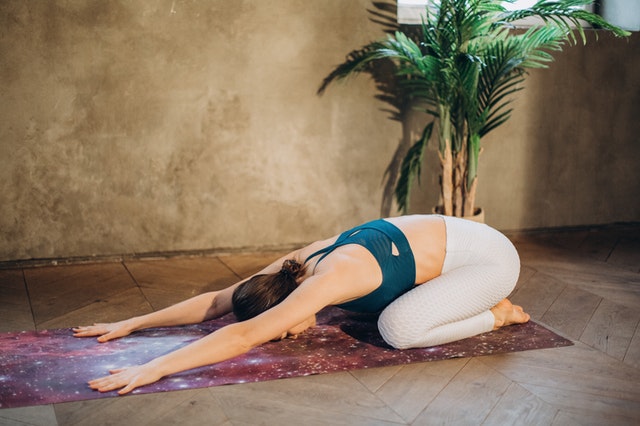
Allowing the time in a pose and listening to your body when it says it's ready to go deeper is great for reaching the fascia and connective tissues, not to mention the pressure points for stimulating certain areas of your body. Yin yoga poses also tend to correlate with the acupressure points and the chakra system. Stimulating these points can not only help relieve stress and calm the mind but help your body's natural flow of energy by releasing blockages. Working with your body's meridians and chakras can hold many benefits, which in turn can help with your body's natural healing.
Taking the time to hold these poses and create stillness in your life will not only help your nervous system calm down and reset but give you time to look inside and take an introspective moment for yourself—Helping you sort out thoughts and feelings and process events. Yoga in itself can be emotionally revealing, lifting, and healing with the awareness and time you create for yourself.
Along with this self-care, please remember that with any activity it is very important to stay hydrated. Especially after a good Yin yoga class, due to the nature of movement and how comparative it is to a deep tissue massage, and the toxins that are released and become ready to leave your body.
Create your healing space! Take time for yourself and remember to love yourself.
Visit our classes page, where you can browse many different yoga class styles and levels. Our yoga classes are designed for all—from beginner to advanced!
Follow Raja Wellness on Facebook and Instagram!
Follow Raja Goods on Instagram!
Heart disease is a leading cause of death in the US; more than 800,000 people die of heart attacks alone each year. 1 in 3 deaths in the US are linked to heart disease in most statistical data reviewed. This vital organ is often neglected or inadvertently stressed with poor diet and lifestyle habits. Strokes, heart failure, and many other cardiovascular-related issues are all attributed to poor heart health. Worse yet, it is misunderstood as “only” a pump—when it has other key functions in our body.
Most everyone has heard: reducing cholesterol to healthy levels and maintaining healthy blood pressure are keys to good heart health. Less discussed is the role of Heart Rate Variability (HRV), the variation in time between each heartbeat, as a measure of health. Higher HRV is associated with decreased risks of heart attack, stroke and diabetes. And low cholesterol and blood pressure alone are not enough to maintain a healthy HRV because HRV is largely regulated by the balance of the autonomic nervous system. HRV used to only be measurable with an EKG; but many of today’s wearable fitness devices are accurate enough to give a reasonable estimate of HRV, especially those that have the ability to add data from a Holter monitor or finger sensor.
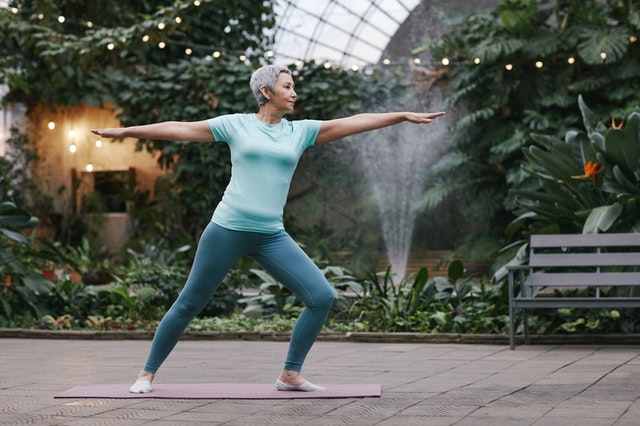
Yoga and tai chi have a long history of improving health and research is clear that both can directly improve HRV and coherence with consistent practice. Consistent quality sleep, limiting alcohol consumption, regular exercise, drinking adequate water, and focusing on eating real, fresh food with an emphasis on vegetables and healthy fats, also help protect heart health.
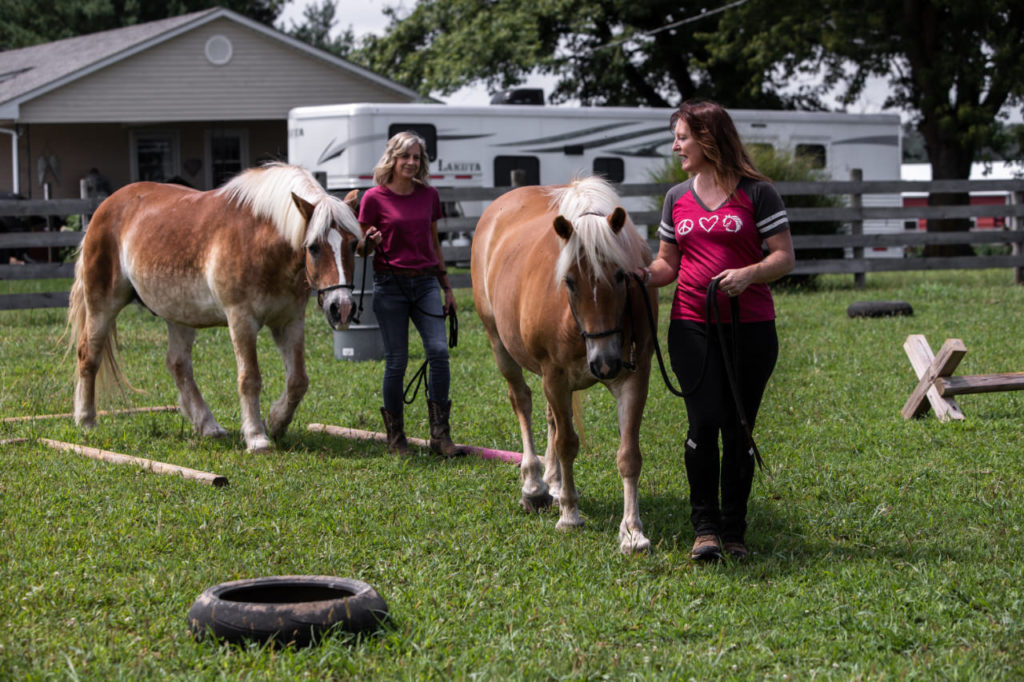
How else can you help maintain health HRV? Well, acupuncture has consistently been shown to improve HRV even when the focus of the treatment is on other complaints. When it is focused on regulating nervous system balance and heart function, it’s even more effective. Frequency Specific PEMF has also shown to regulate the autonomic nervous system and therefore HRV. Another great way to improve HRV through enhanced coherence is our equine programs. Just simply being in physical proximity to a horse has been shown to increase coherence and HRV. Add to that the benefits of the meditation and tai chi that we teach with the equine exercises, and you have tools to take home with you to continue to improve your heart health and well-being.
If you want to learn more about heart health I recommend the HeartMath Institute. They are a leading researcher in heart health and generous with their free products to support public health. They offer a number of free classes and publications to help people learn practices to improve their HRV and even have tools for sale to help them measure their progress. This link here is one of my favorite, 10 HeartMath Practices | HeartMath Institute.
Bags come in all shapes and sizes, colors, fabrics, and prices. The only thing that matters is the functionality of it. Maybe you choose a bag that has a way to tote your yoga mat around or has extra pockets for accessories (maybe rings/jewelry, wallets, cellphone and hair ties). If you are a minimalist, consider a simple, no-fills bag with ease of access and simplicity in mind.
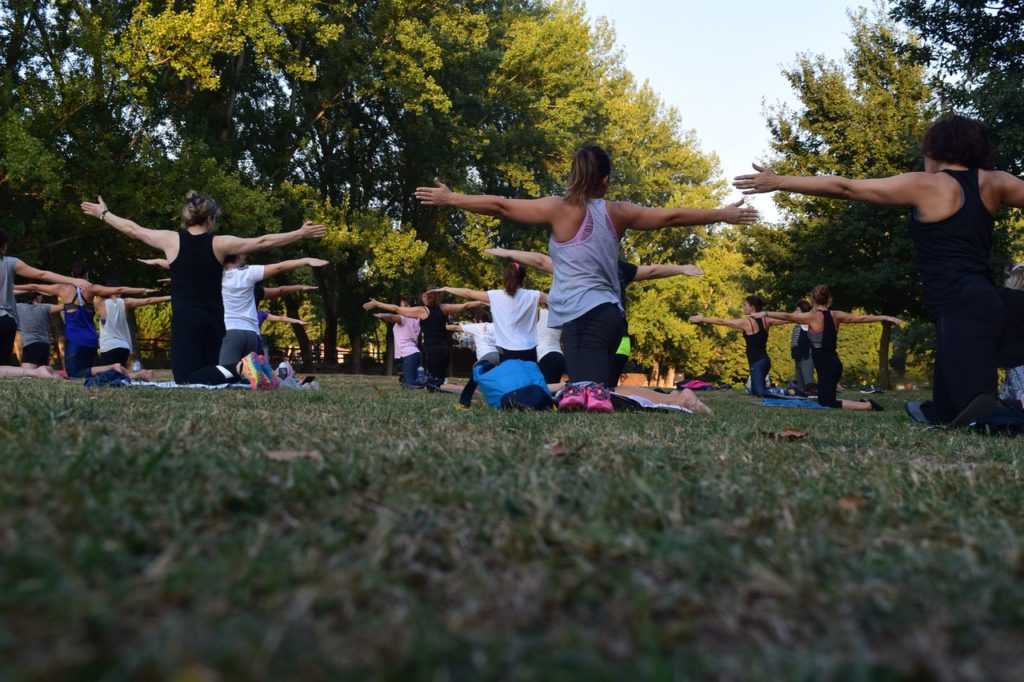
So what do you have in your bag? There is no need to stress about having everything—just think about the essentials! A good place to start is a change of clothing. Unpredictable weather and that “pop-up” class may spring up at any time; and a change of clothes to keep you dry and comfortable should you need to make a stop somewhere after class—is a must.
Hydration is important! Pop in a water bottle ready to fill. There is nothing worse than getting a tickle in your throat mid-pose and not having something to soothe it—or getting into your hot yoga class and needing to be quenched. This leads right into bringing a towel or two. Needing to wipe sweat off your face or hands and not having a towel can be uncomfortable; and if you have long hair—don't forget your headbands or hair ties. As you further ponder how to pack your bag, you may think of nice-to-have (but not absolutely necessary) odds and ends to tuck away; such as an extra phone charger and maybe your favorite mat cleaner.
One more last thing—after a session your bag may have accumulated packed clothes, towels, your water bottle and maybe a few yoga props; don't forget to unpack your bag along with your best self in the four corners of your mat and honor the time you have taken for yourself!
Whether you are doing a gentle flow, are a beginner, or are ready for advanced practices, there are multiple reasons why you might want to try your hand or whole body in the practice of Yoga. While getting out and walking in the local park or walking your dog down the street might be one amazing reset for your mind and body, Asanas (poses) can be a whole new world to introduce yourself to.
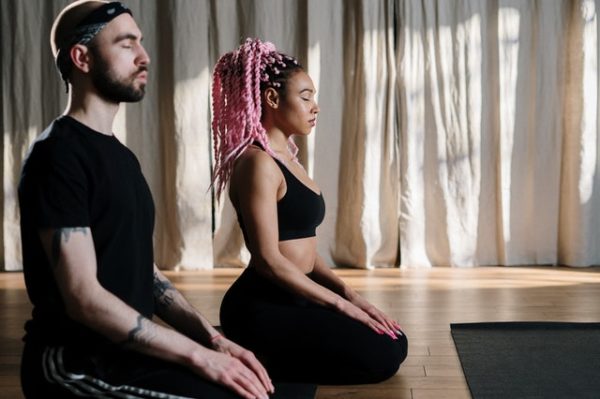
With just a short moment, you can improve your balance, strength and flexibility by starting off slow and learning how to feel your body. Raise your arms high above your head. Now, take notice of how the muscles from your fingertips following down to the lower part of your back feel. Tense? Maybe you just gently lean your neck to one side. Feel the tendons and muscles creating space. Bring your head back to a neutral alignment, take a deep breath in, noting the feeling of how your navel rises and how the air moves through your throat. Feeling more relaxed already?
This is just a small look into taking time for yourself and creating space. Taking the time to notice how your body feels while you move starts to bring awareness to your inner self. This is a great start to cultivating self care and feeling some peace. Taking just a couple minutes out of your day to practice just a few poses can help not only in boosting mood and rid those holiday blues, but can help your body lubricate your joints and get the lymphatic system moving! (help fight those bugs).
After taking some time for your body to get moving now is the best part. SAVASANA! Take about five minutes to lie down and reset your nervous system, palms facing upward, not touching anything. Maybe you cover yourself with a cozy blanket and throw on some soothing music to help take your mind elsewhere—and just breathe. Notice your breath, how it feels. With every breath just let your tension go, this is your time. Once you have taken some time to let your body relax, (take more if you want!) return to a comfortable upright seated position. Take a few breaths here and slowly return to your daily activities. Take this peace with you in everything you do.
Other Basic Poses You May Try:
Mountain Pose
1. From a standing position, bring the feet hip width apart & parallel. Lift up the toes, spread them wide and place them back on the floor. Feel your weight evenly balanced through the bottom of each foot.
2. Flex the thighs and allow the tailbone to drop slightly. The legs are straight, but the knees are soft.
3. Inhale and lift the crown of the head up towards the ceiling, feeling the spine long and straight.
4. Exhale and drop the shoulders down and back as you reach the fingertips towards the floor.
5. Breathe and hold for 9 breaths.
6. To release: exhale & relax the arms down to your sides or bring the palms together in front of your chest.
Standing Forward Fold
1. From Mountain pose, exhale forward hinging at the hips. Bend the knees enough to bring the palms flat to the floor and the head close to the knees.
2. Feel the spine stretching in opposite directions as you pull the head down and in and press the hips up. Work on straightening the legs to deepen the stretch in the backs of the legs.
3. Breathe and hold for 4-8 breaths, actively pressing the belly into the thighs on the inhalation.
4. To release: bend the knees keeping the back straight, inhale and slowly roll the spine up and open the shoulders at the top returning to Mountain Pose.
Warrior One
1. Step the right leg forward with the right knee bent, engage the legs to ground down through the feet. Use the arms to draw the torso back slightly. Make sure the right knee is directly over the right ankle.
2. Bring the hands to the hips and square the hips and the shoulders to the front wall. Relax the shoulders down and draw the shoulderblades towards the spine to open the chest.
3. Inhale, place arms over the head in a H position with the palms facing each other. Keep the shoulders relaxed and the chest lifted.
4. To go deeper, bring the palms together and carefully arch back and look up towards the ceiling.
5. Inhale deeply into the belly and chest, exhale, press into the feet, fingers and crown, feeling your body expanding out in 5 directions.
6. Keep breathing and hold for 3-6 breaths.
7. To release, exhale and step back into Mountain Pose. Repeat on the left leg.
If you enjoyed this brief intro to yoga, or are interested in getting back into yoga, we have NEW YOGA CLASSES, hosted by the wonderful Nikki Prell. Nikki is an experienced instructor, and will help guide you through YOUR Yoga Journey in a safe, welcoming, and non-judgmental atmosphere! All proceeds to Nikki’s “Mindful Movement Intro Class” benefit the PTSD Relief Project, a non-profit supporting Veterans and their families.